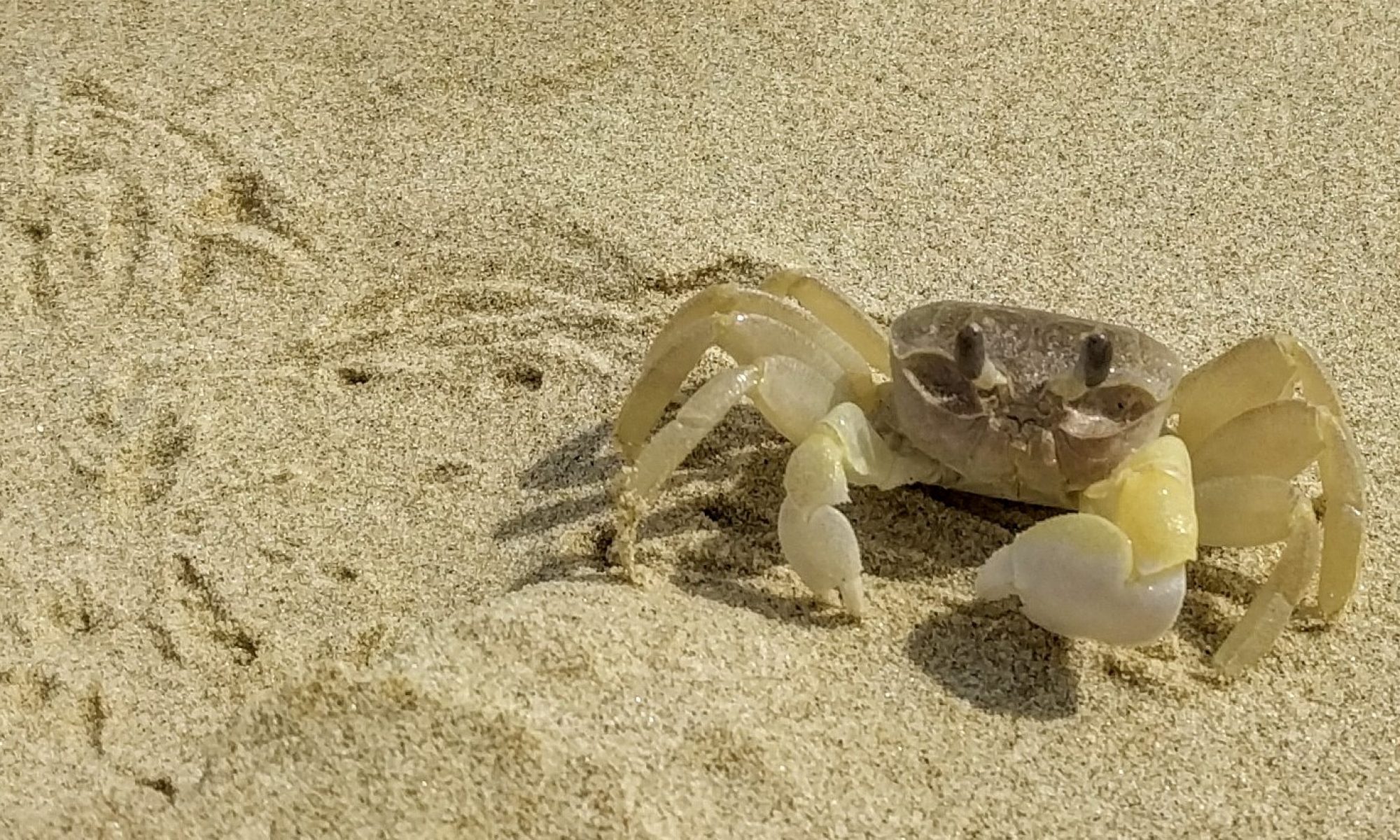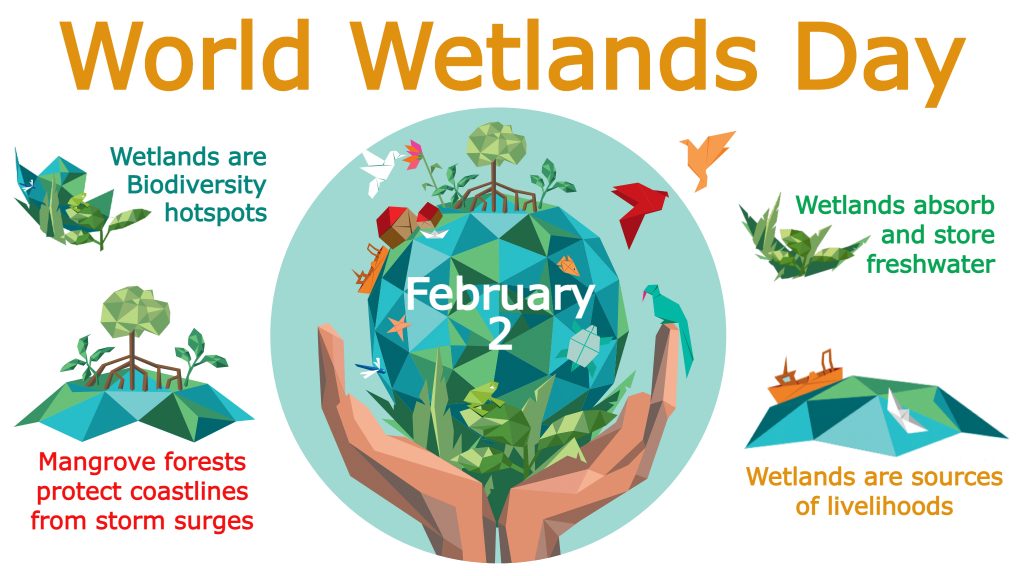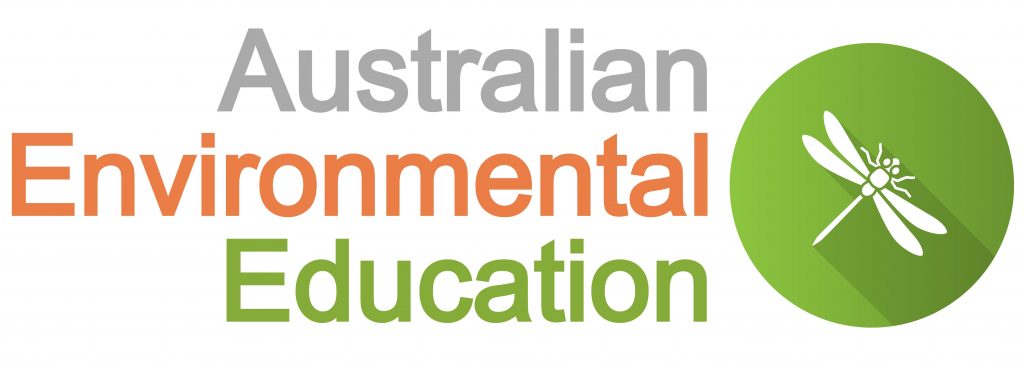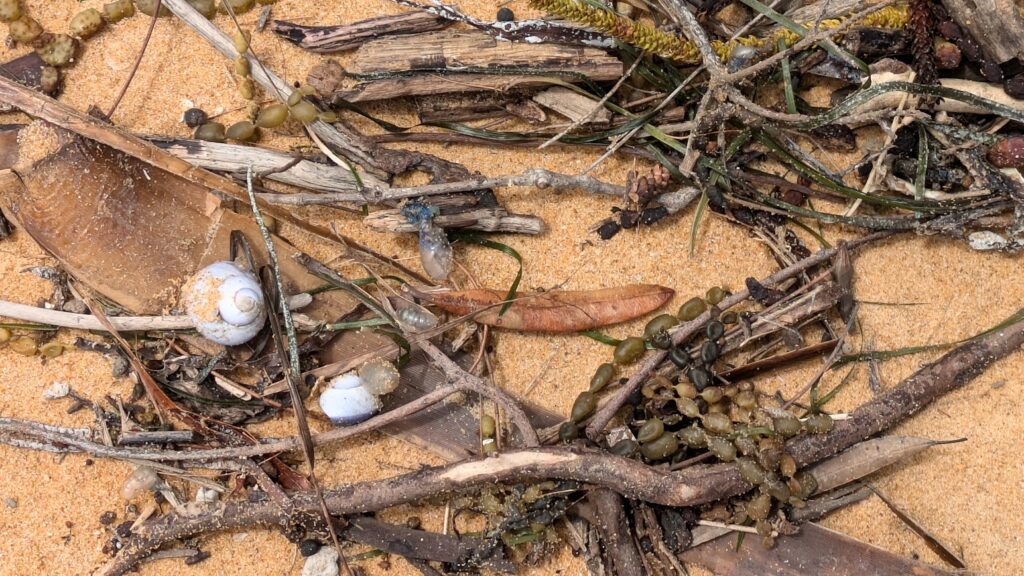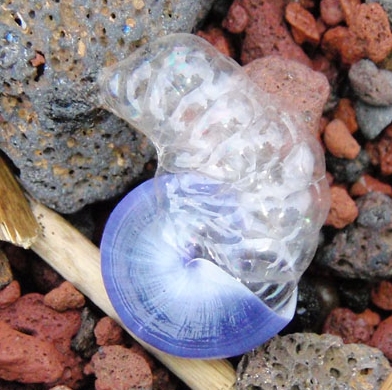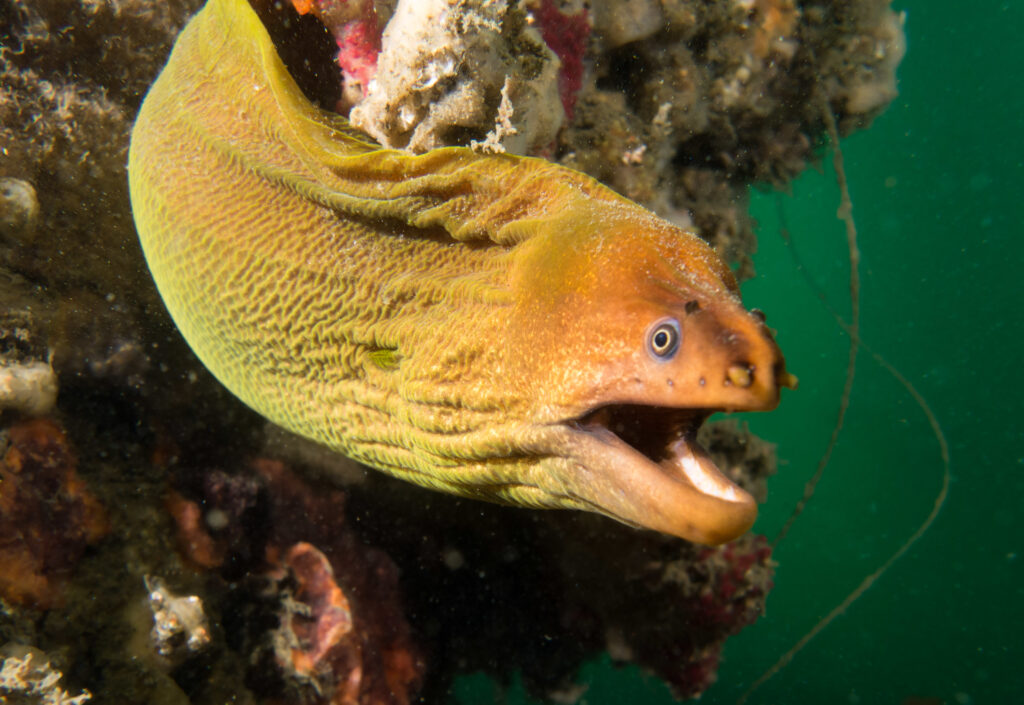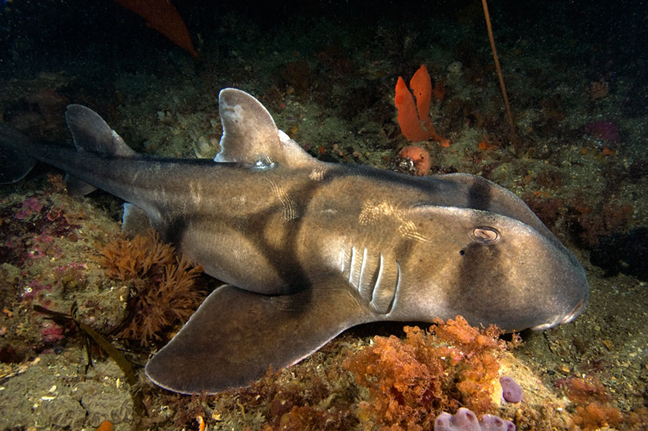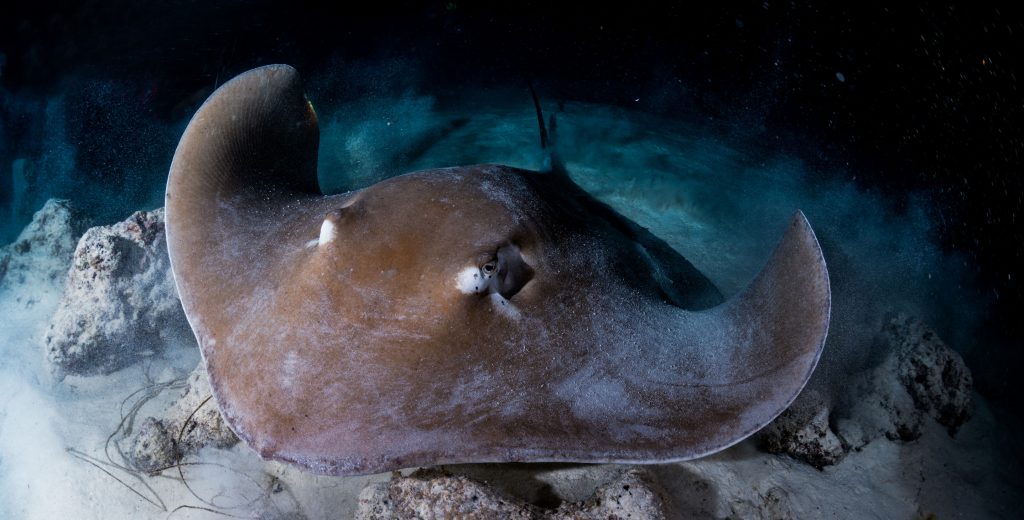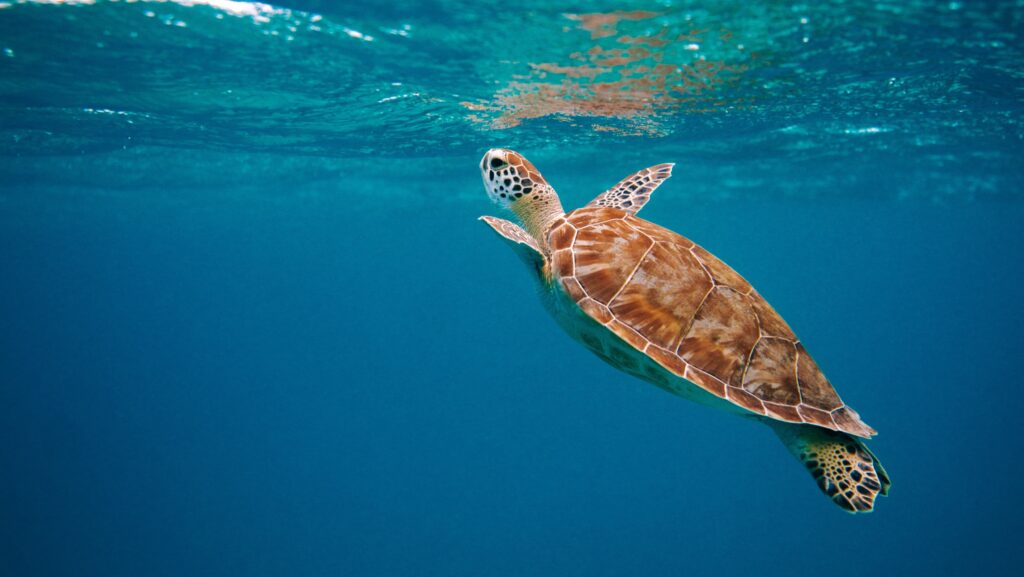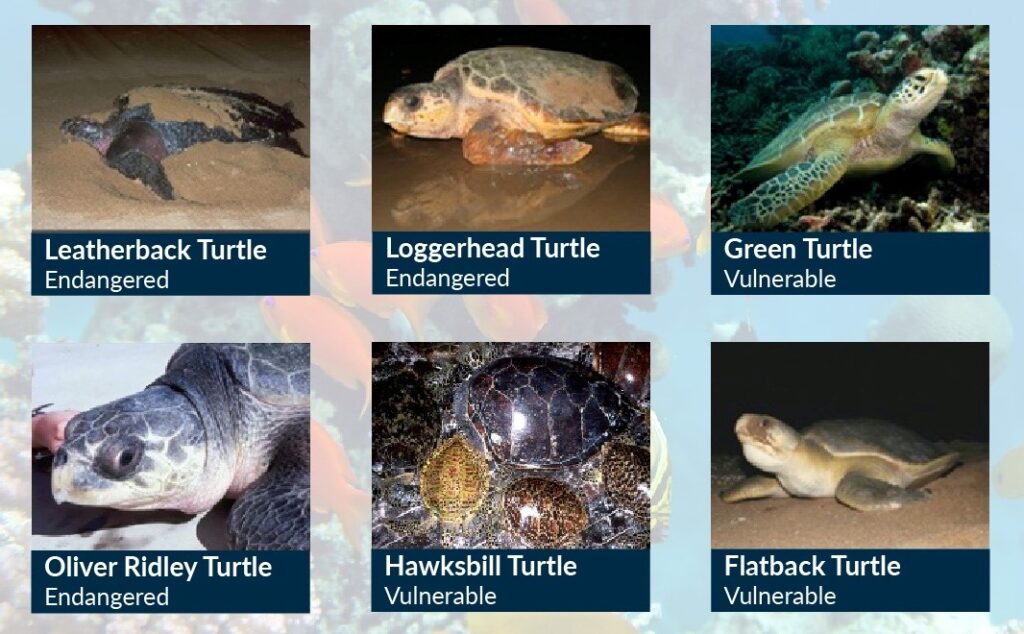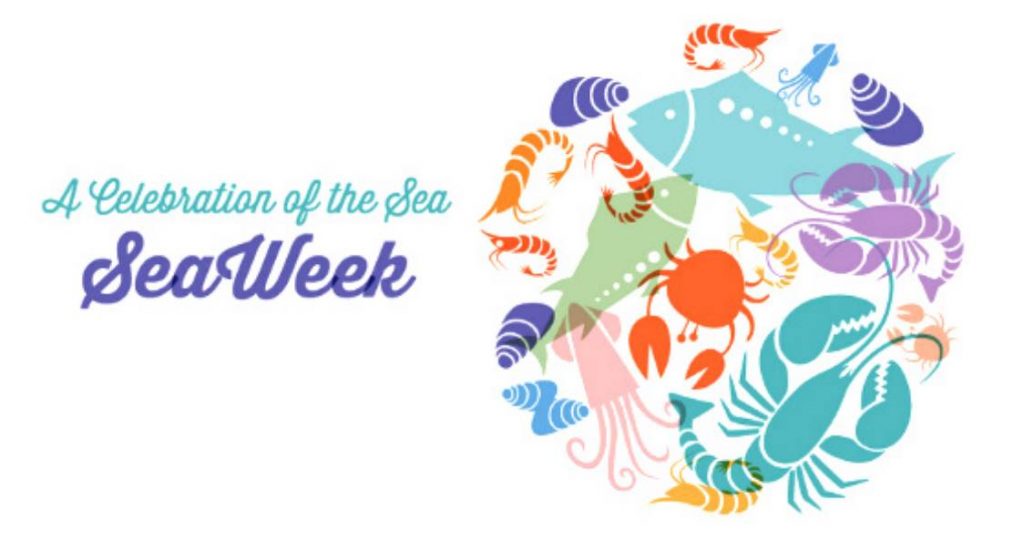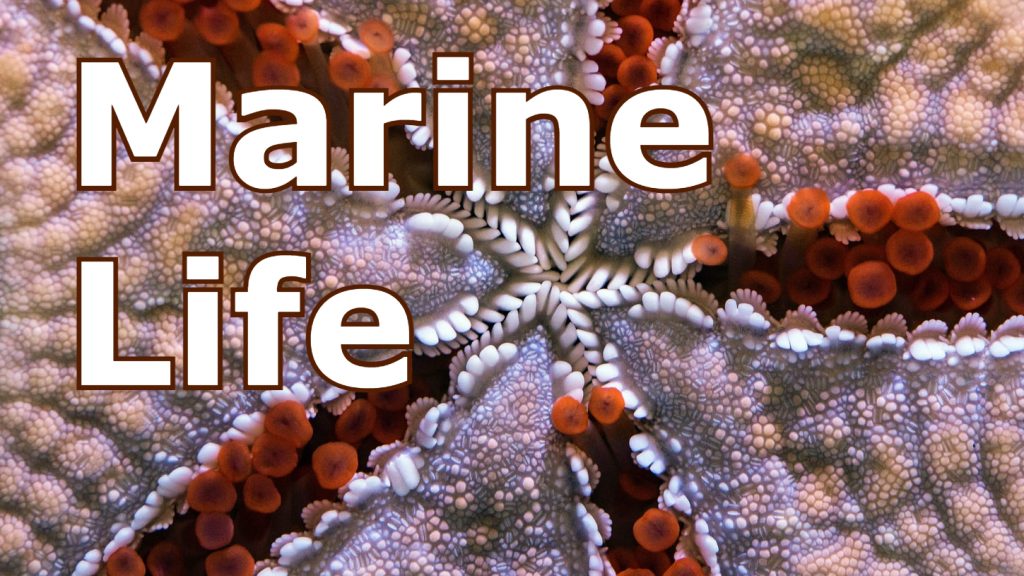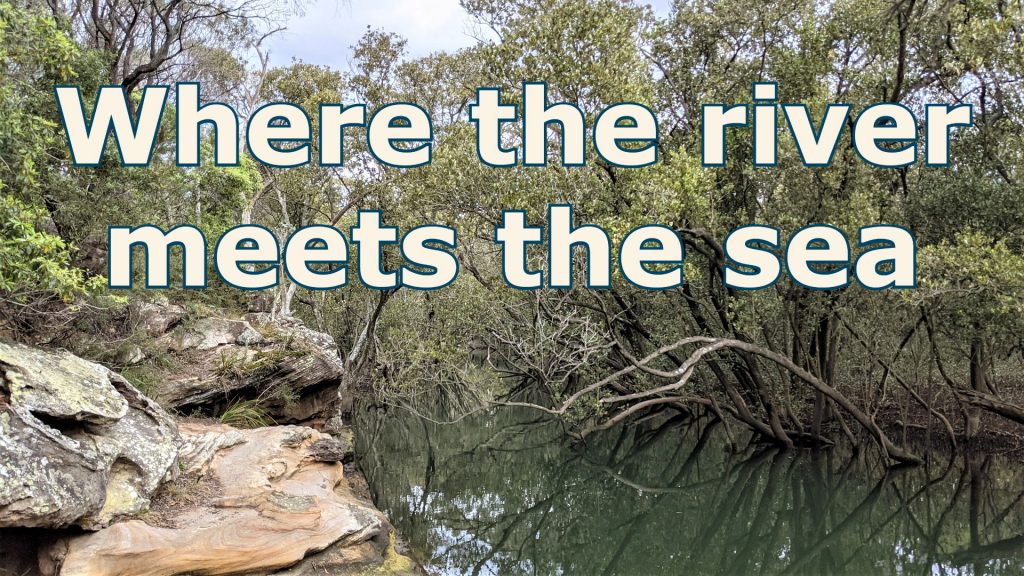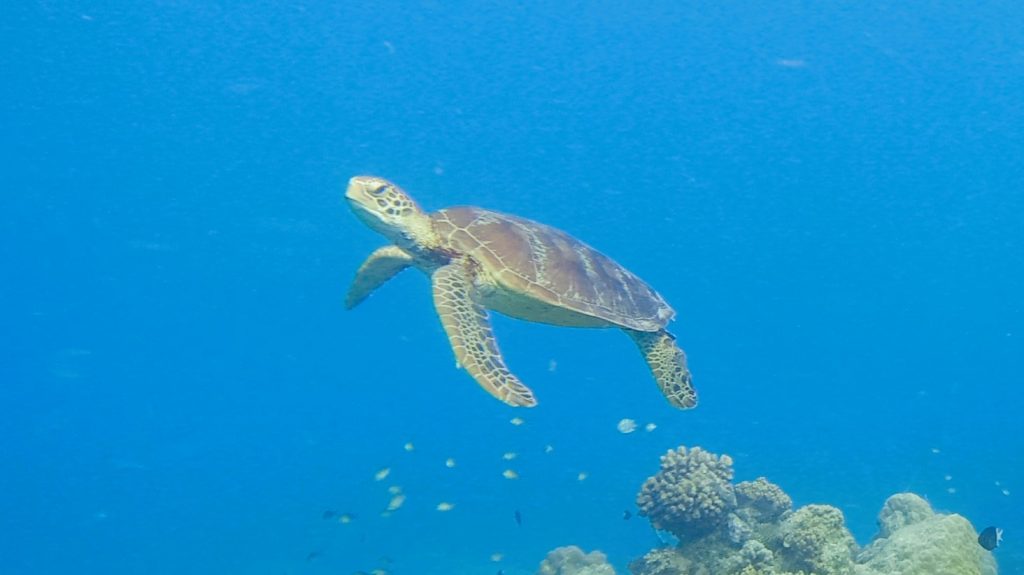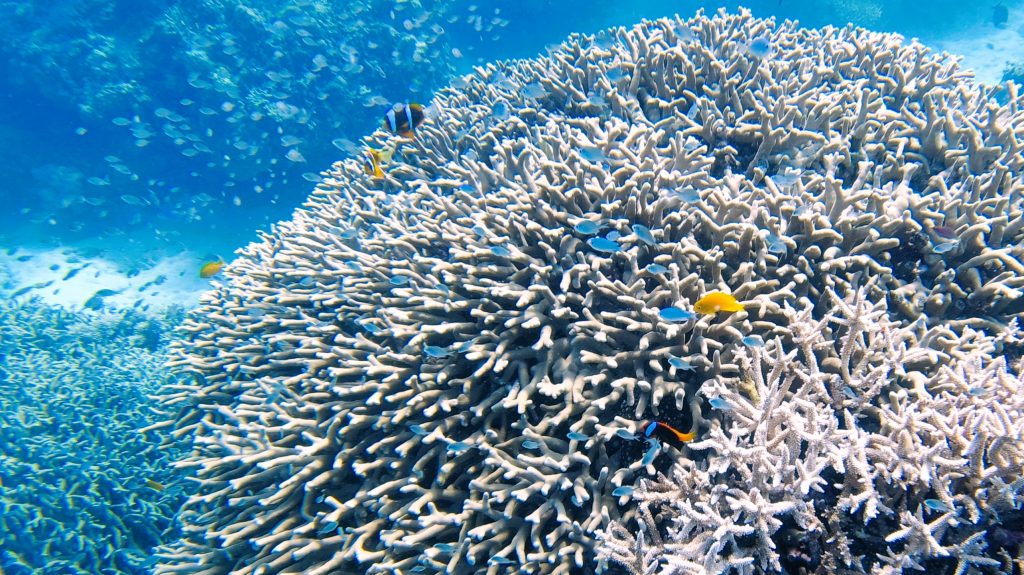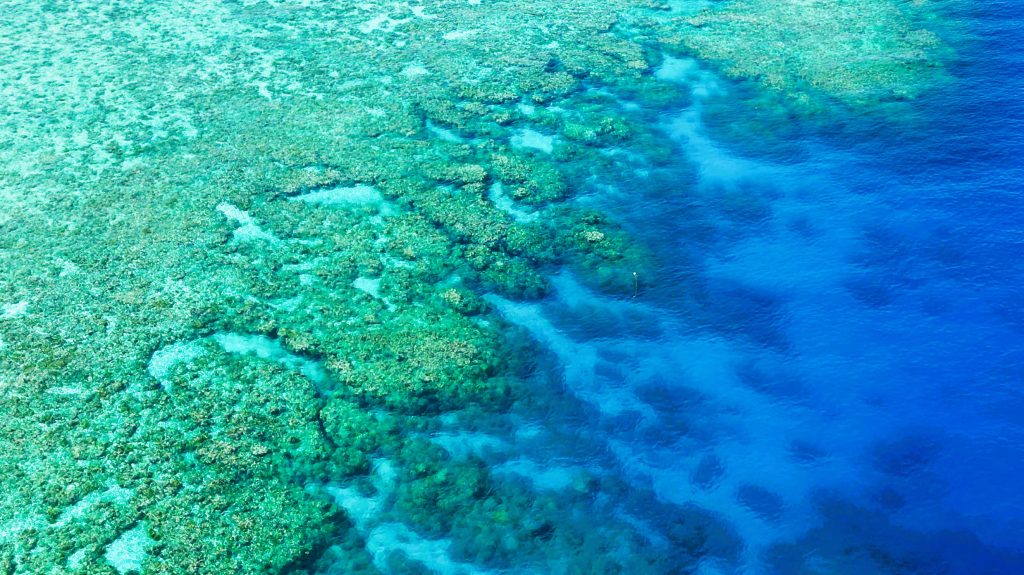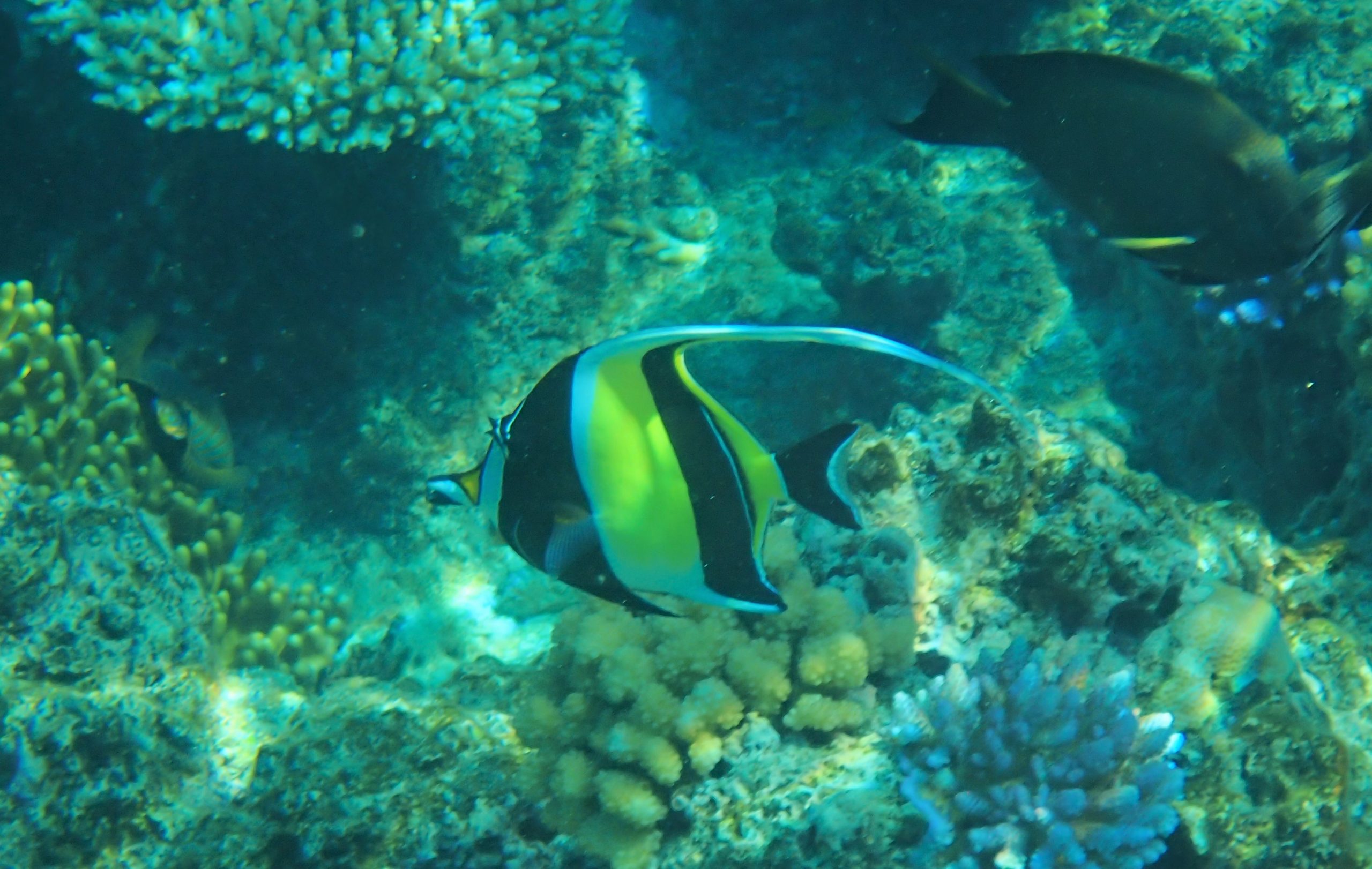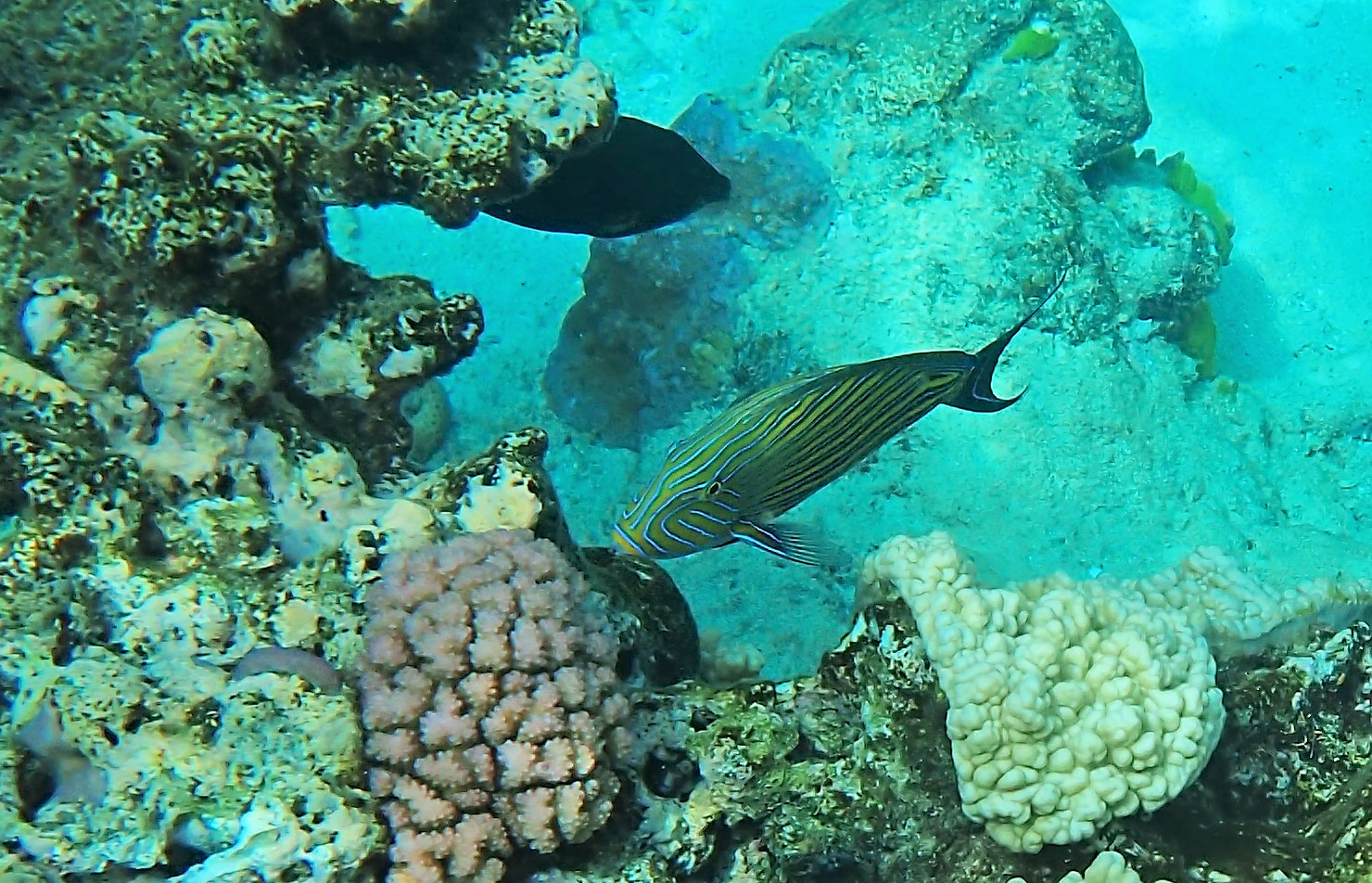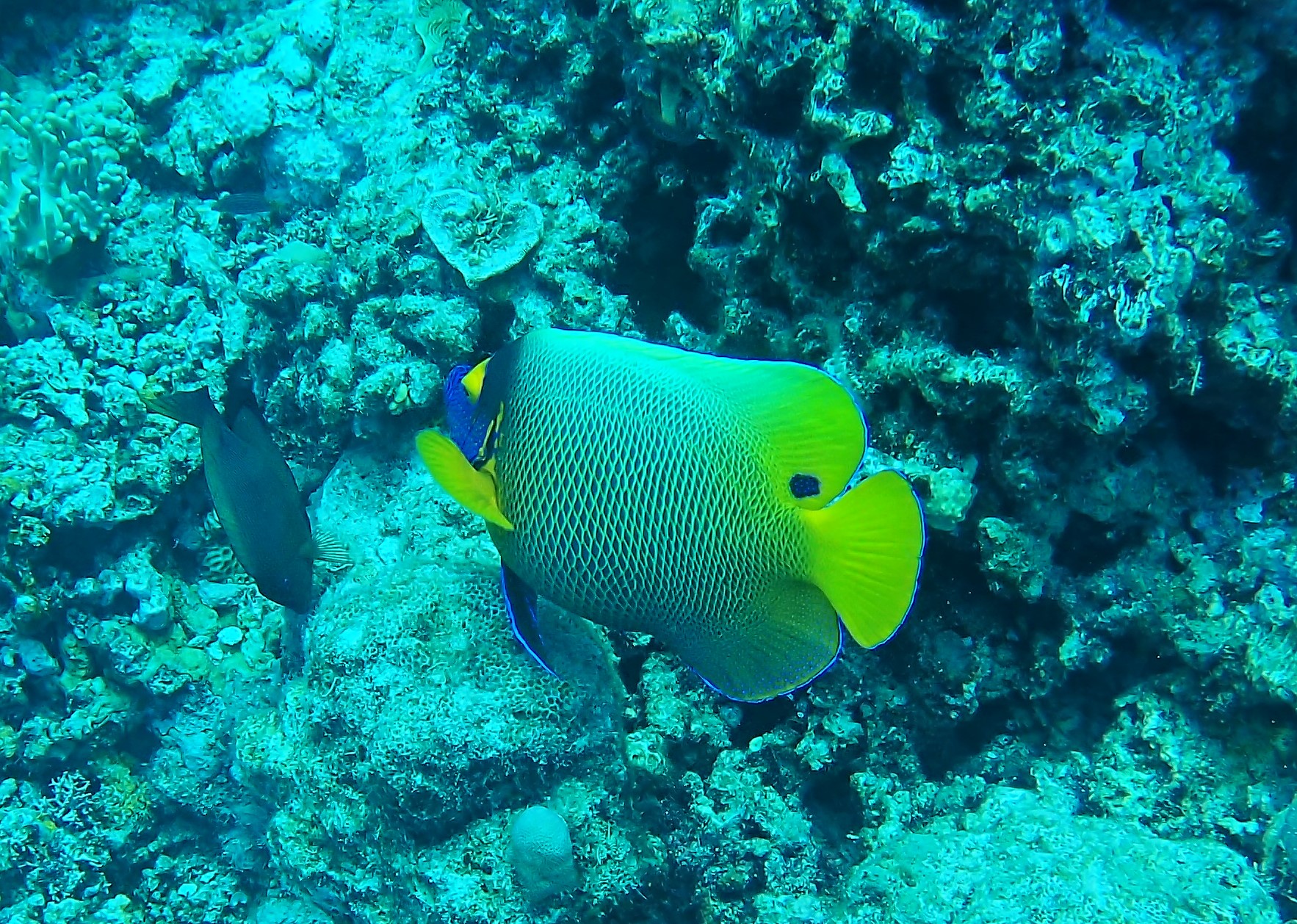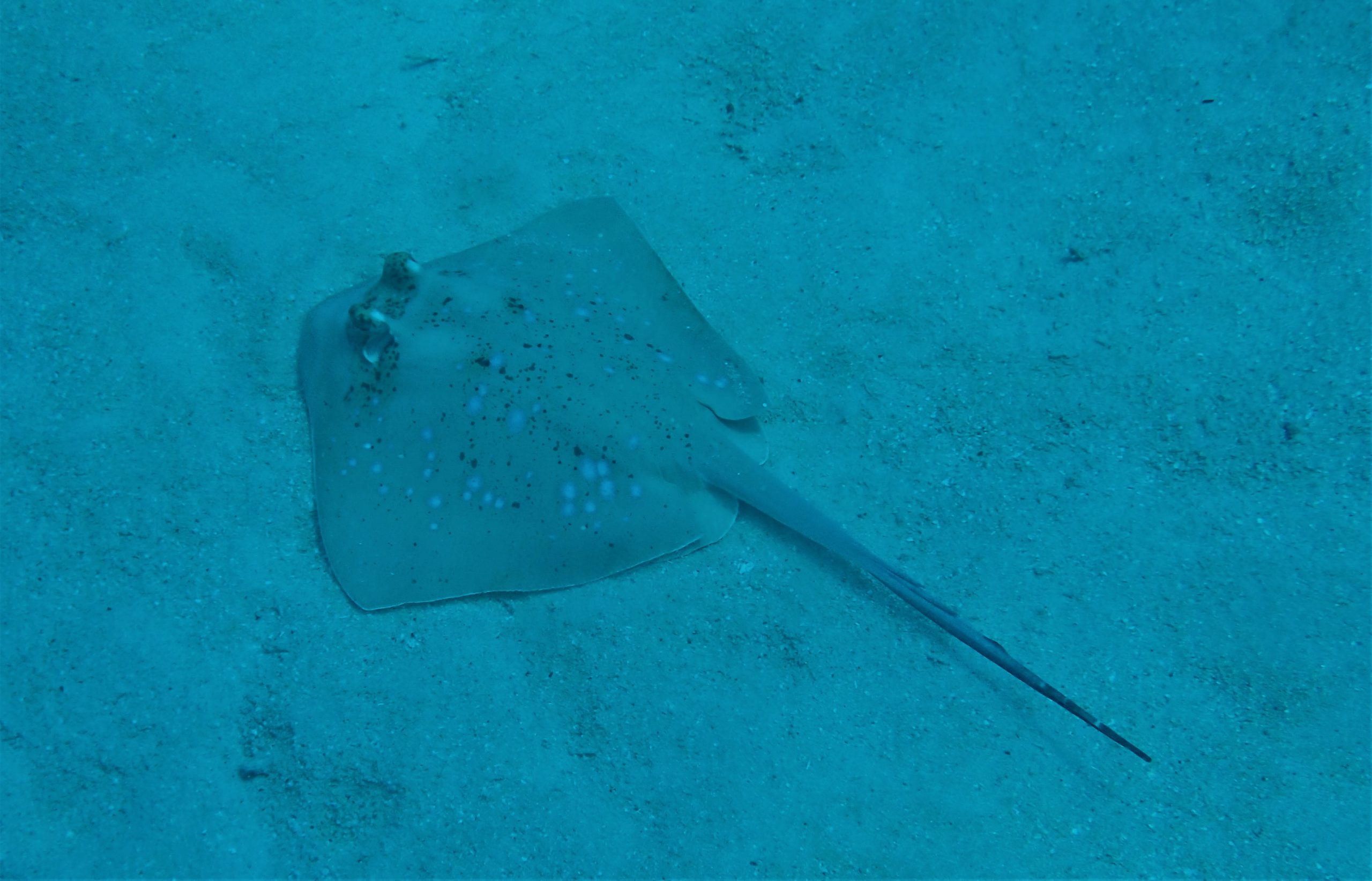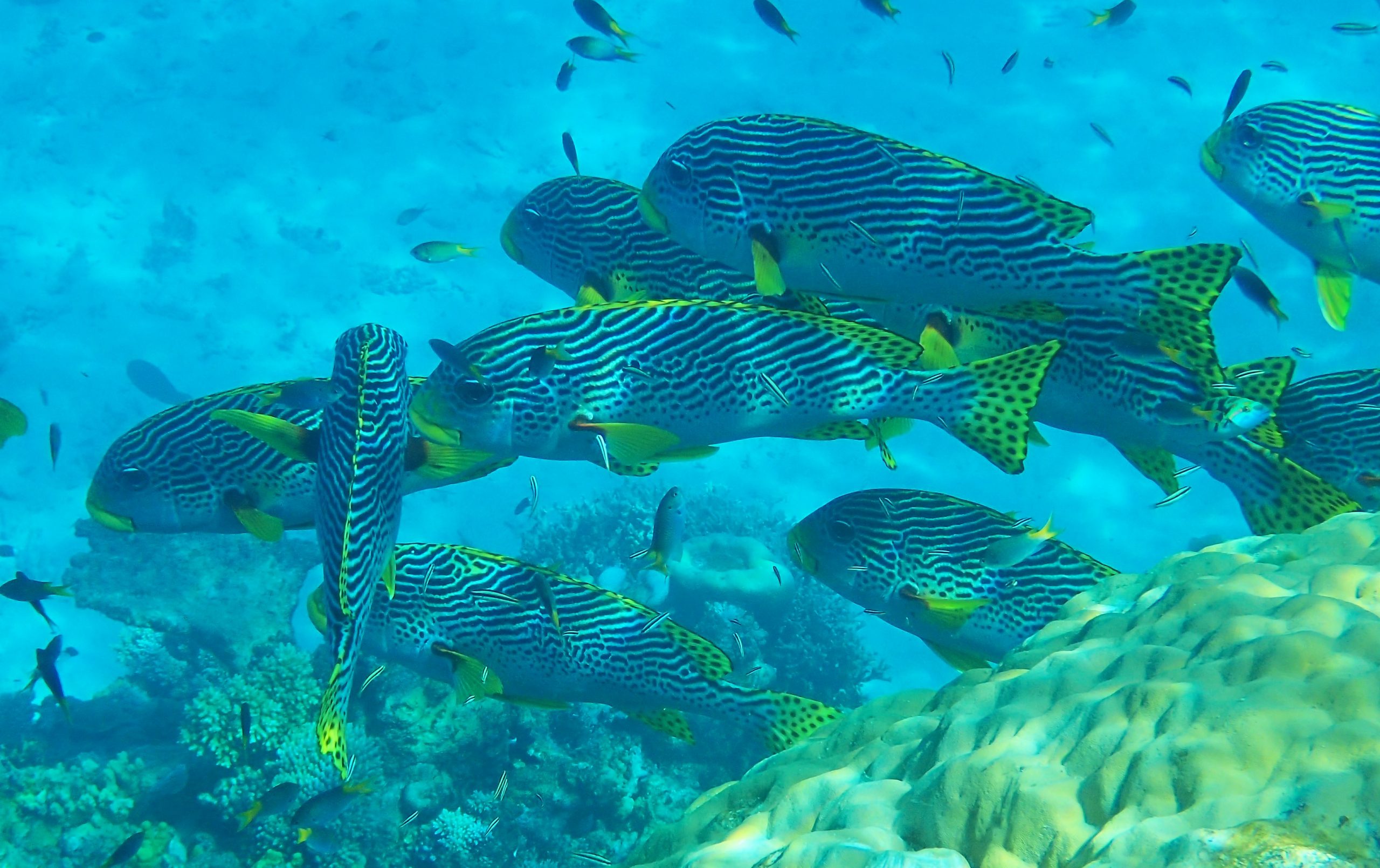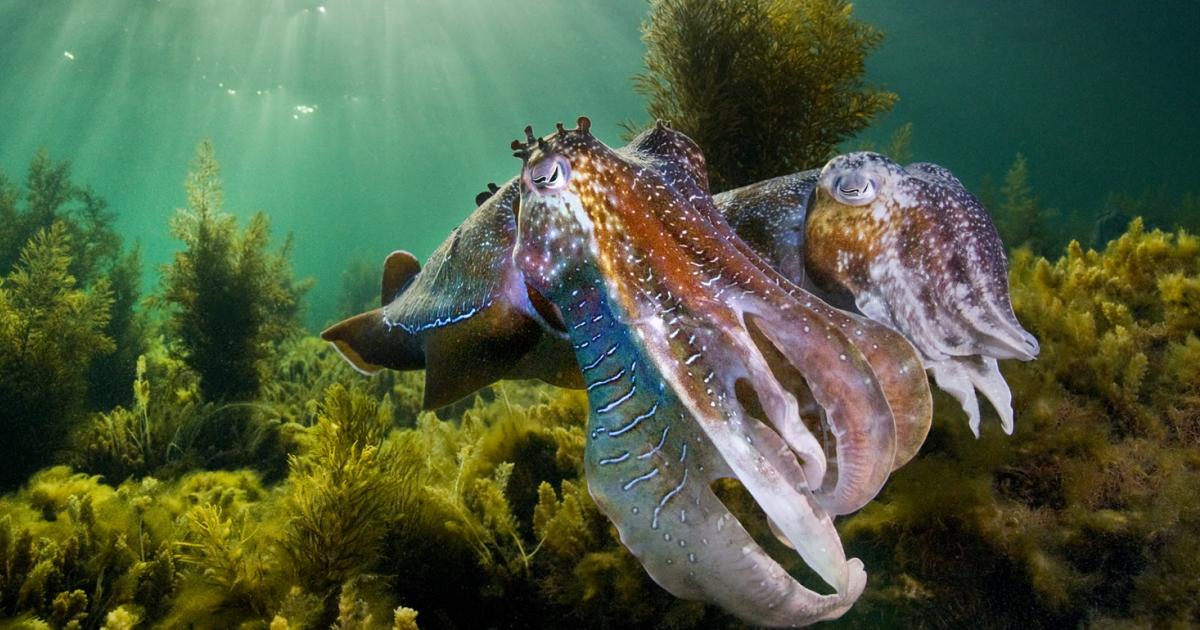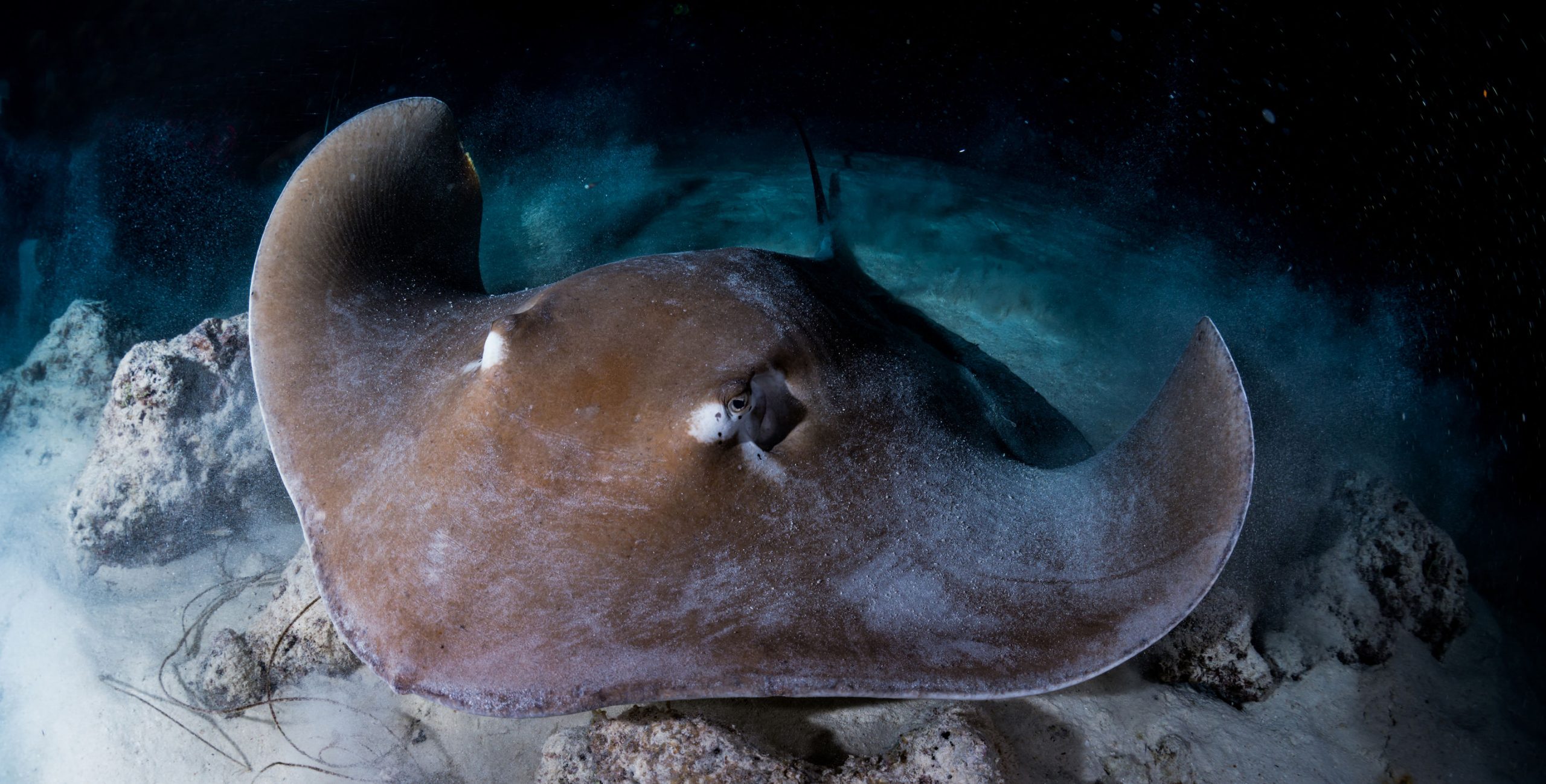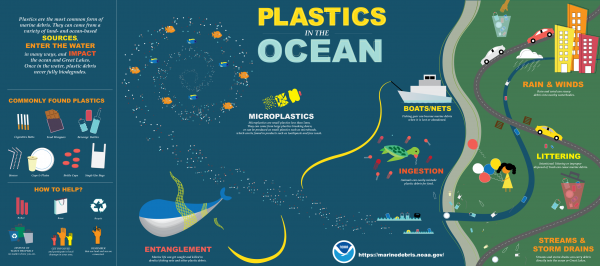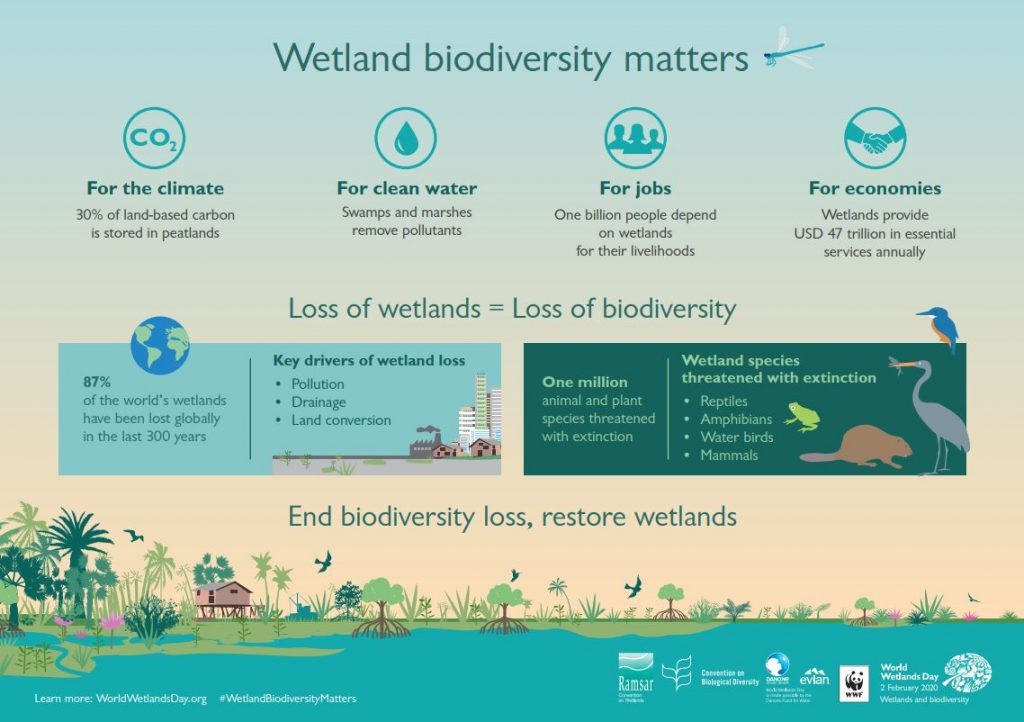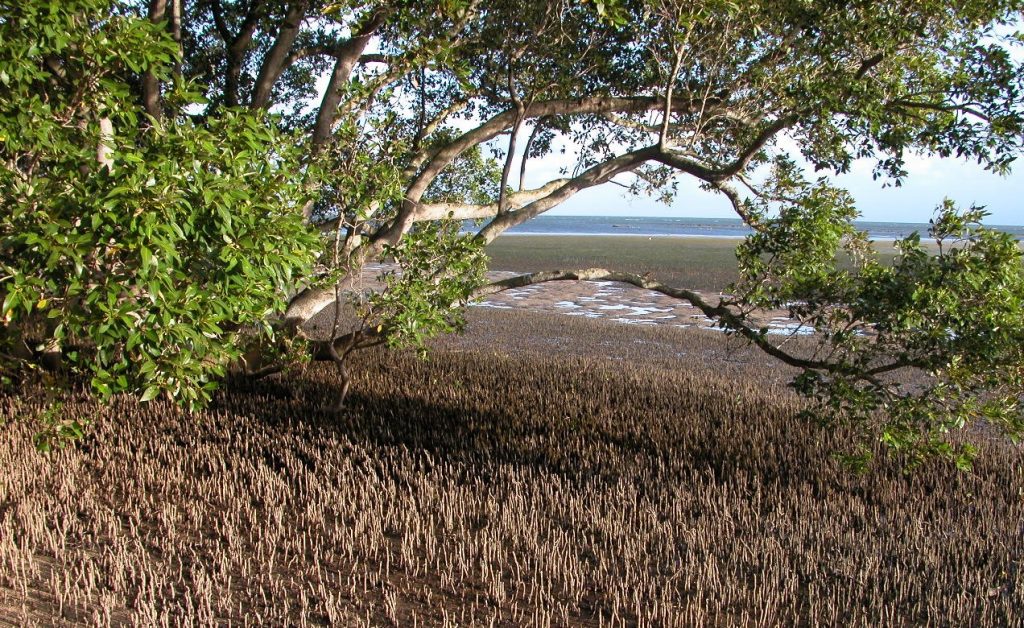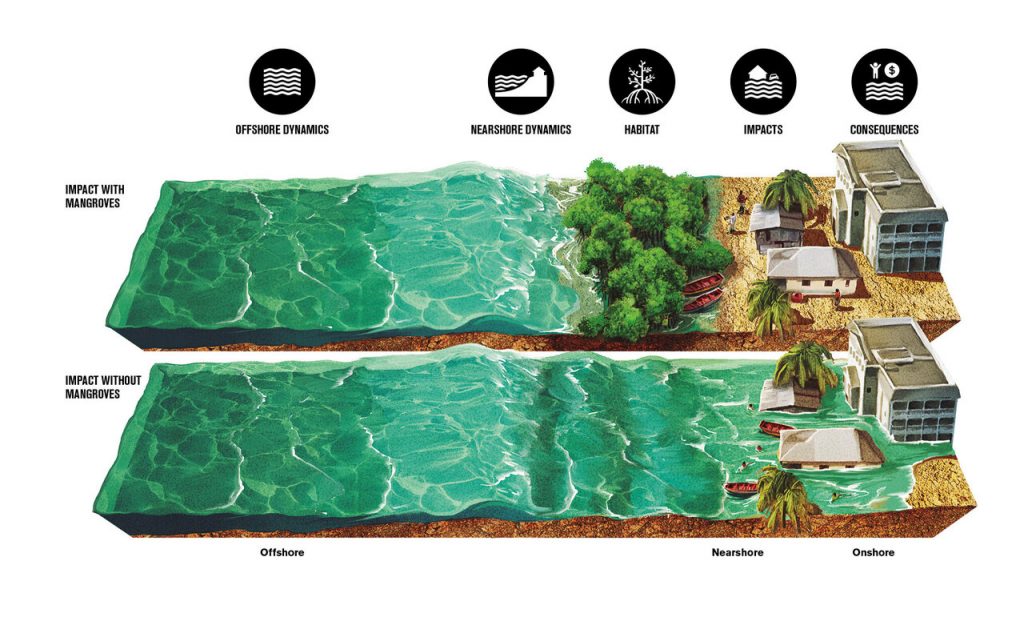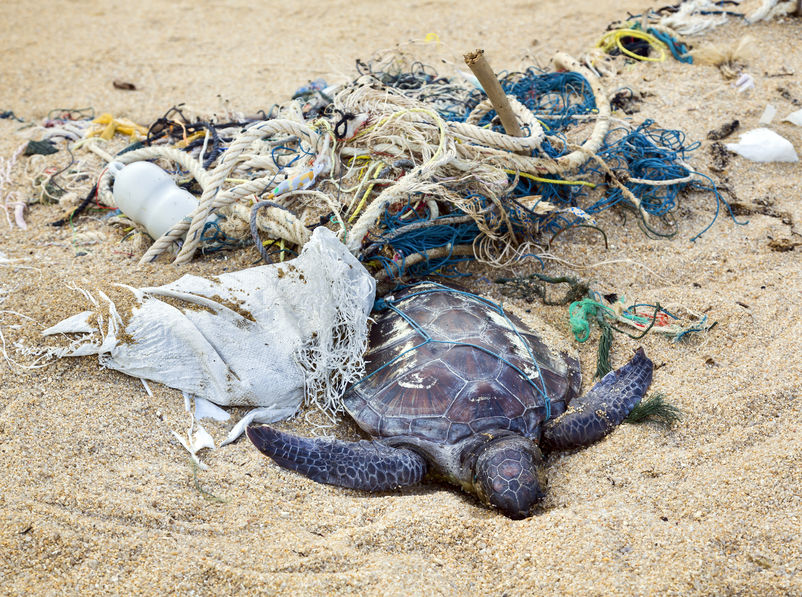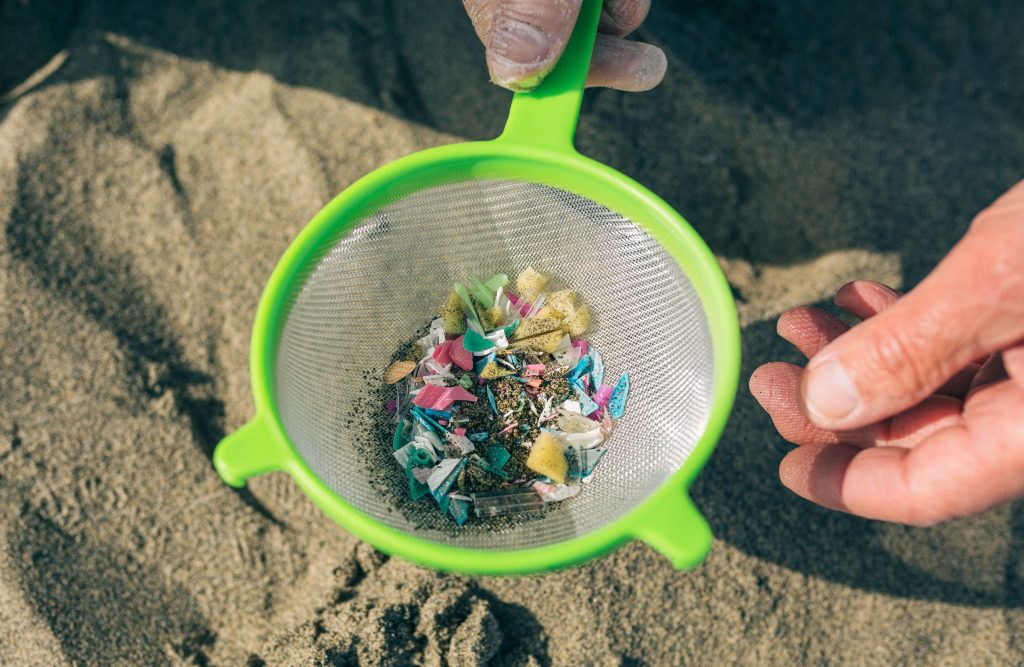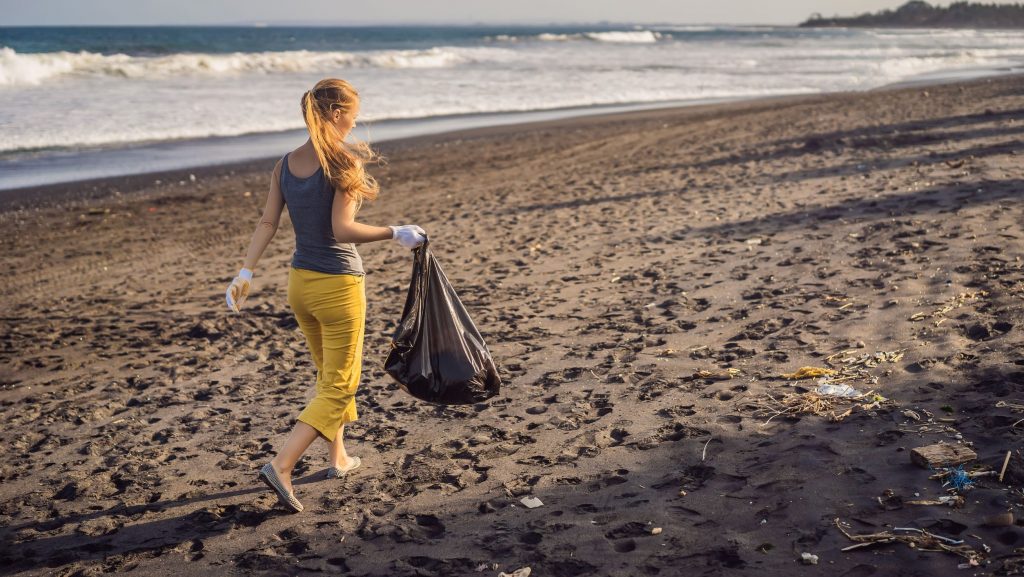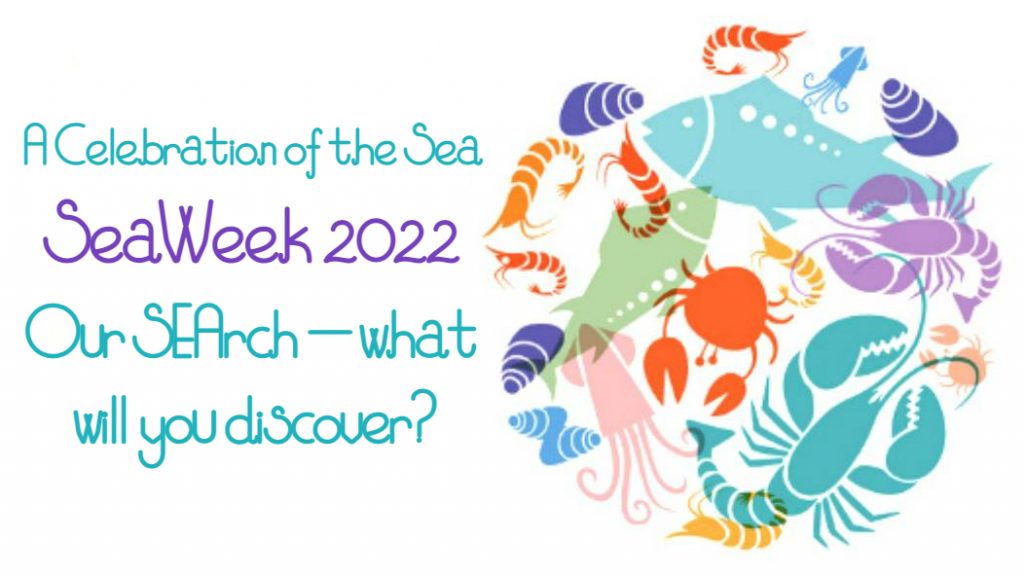It’s been far to long between dives, so it was time to get back underwater. One of my favouirte spots is the Haven at Terrigal on the Central Coast of NSW. This sheltered bay offers a fantastic SCUBA diving experience, with an abundance of marine life that captivates both beginner and experienced divers alike.
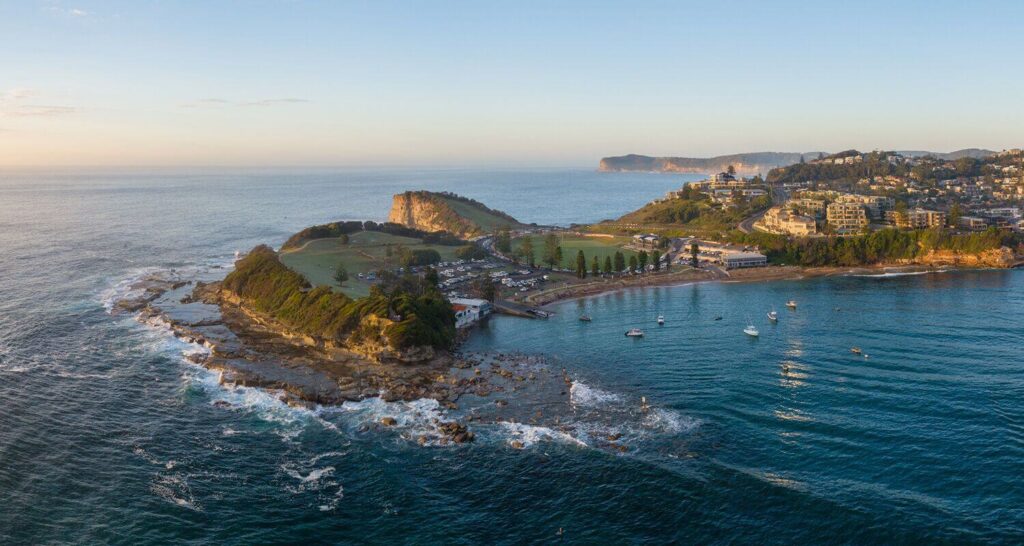
After some heavy rain and wind during the week, it wasn’t surprising that the visability wasn’t very good. There was also a lot of surge that made the dive challenging. But sometimes you just need to get underwater.
Descending beneath the surface, we were greeted by a thriving underwater world where rocky reefs and sandy seabeds provide a home to a variety of fascinating creatures. One of the highlights is the inquisitive Eastern Blue Groper Achoerodus viridis. These charismatic fish, easily recognised by their striking blue colouration, and will follow you around. The males are a vibrant blue, while the females and juveniles are a reddish-brown colour. Blue Gropers play a vital role in maintaining the health of the rocky reef, feeding on sea urchins and other invertebrates.
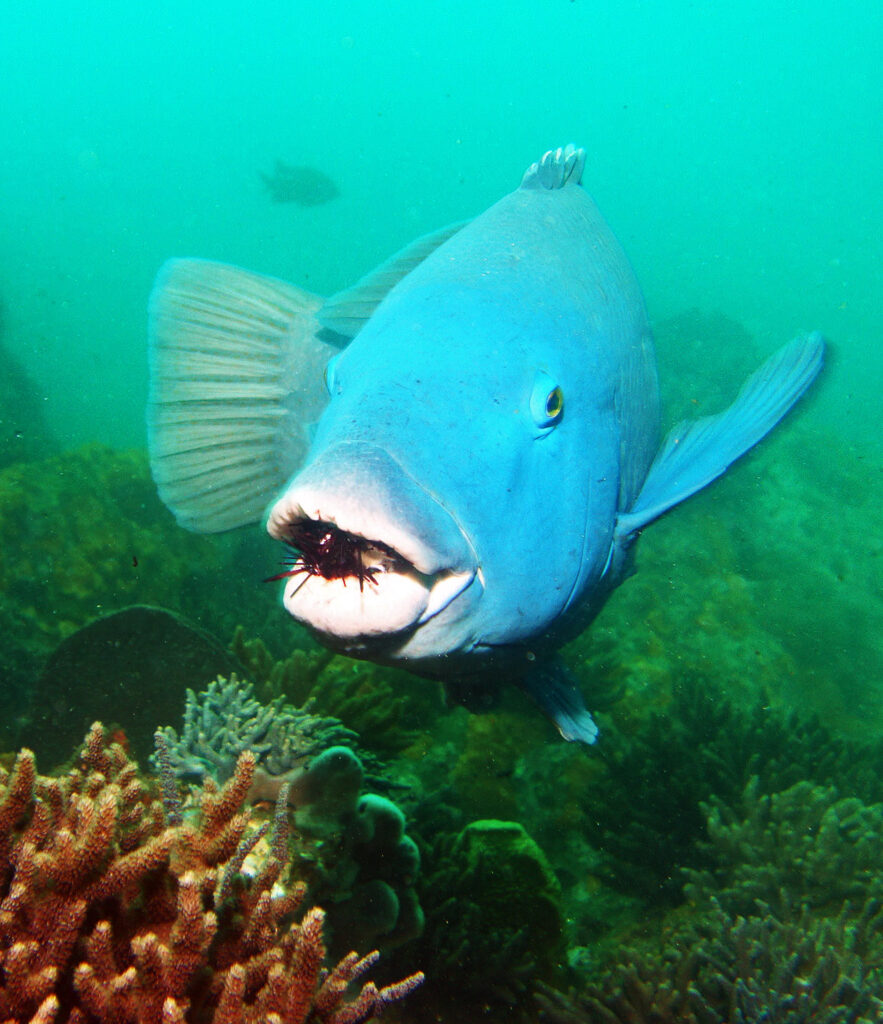
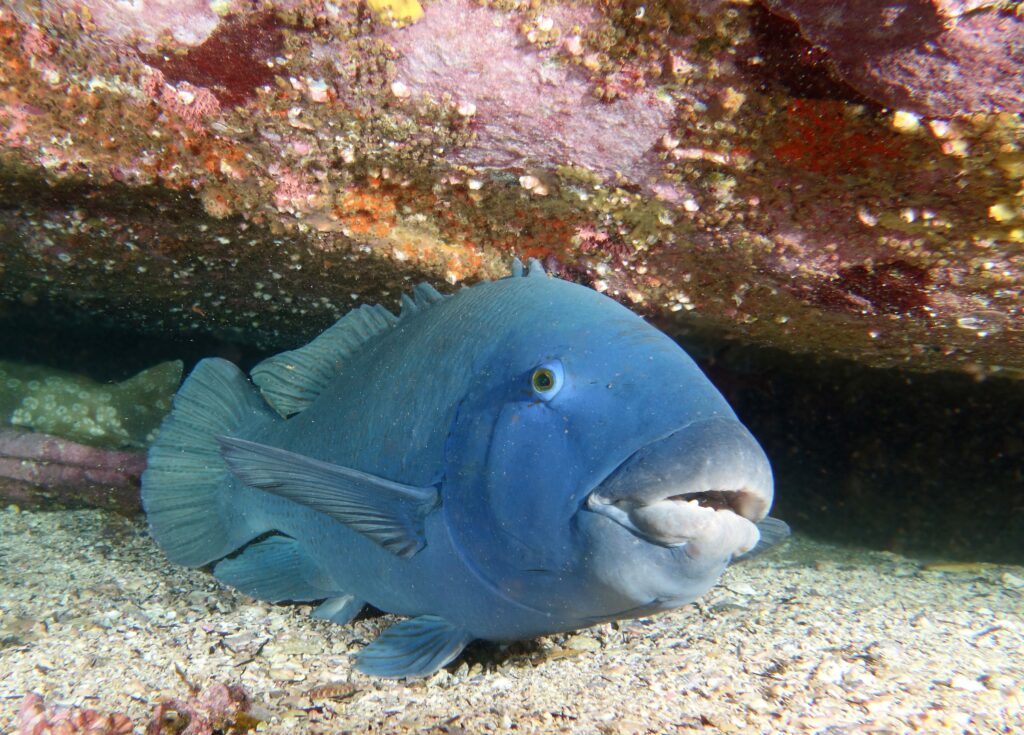
Rays and Sharks of The Haven
It’s always a good idea to keep an eye on the sand at the Haven because there are alway so many rays. There were dozens of Common Stingrees hiding in the sand and we even spotted the uniquely patterned Fiddler Ray Trygonorrhina fasciata. Both these rays bury themselves in the sand, relying on their excellent camouflage to stay hidden from predators and nosey divers.
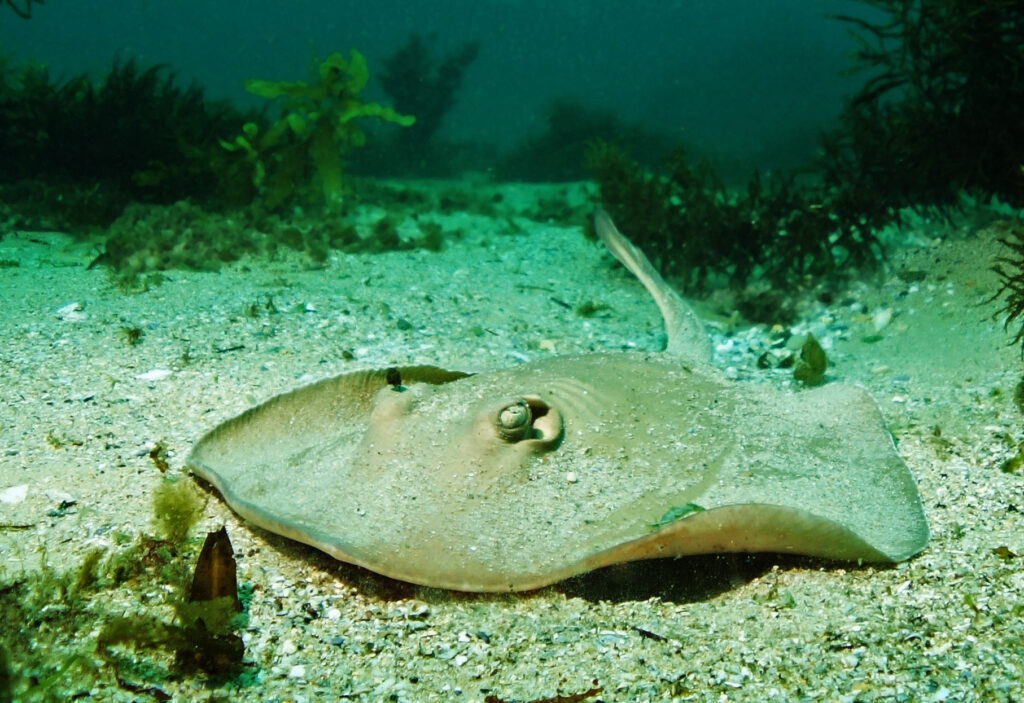
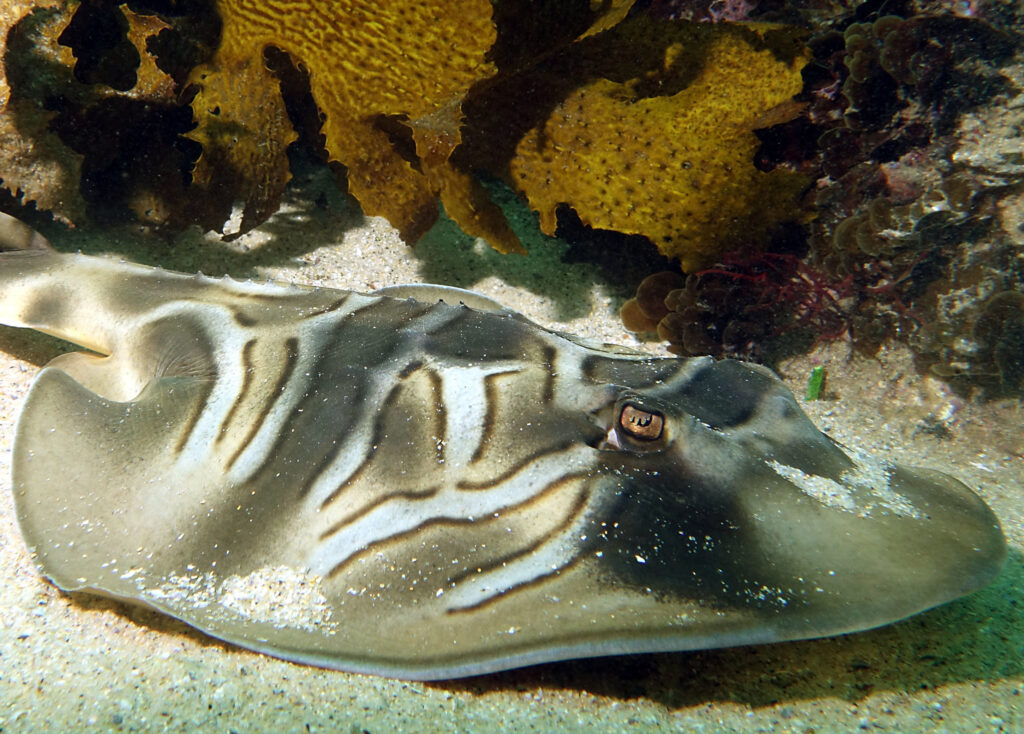
Diving along the rocky ledges and overhangs, we saw 2 huge Banded Wobbegongs Orectolobus halei hiding between the rocks. These well-camouflaged sharks blend perfectly with their surroundings, waiting patiently to ambush unsuspecting prey. Despite their fearsome appearance, they are generally docile and an incredible sight to witness in their natural habitat.
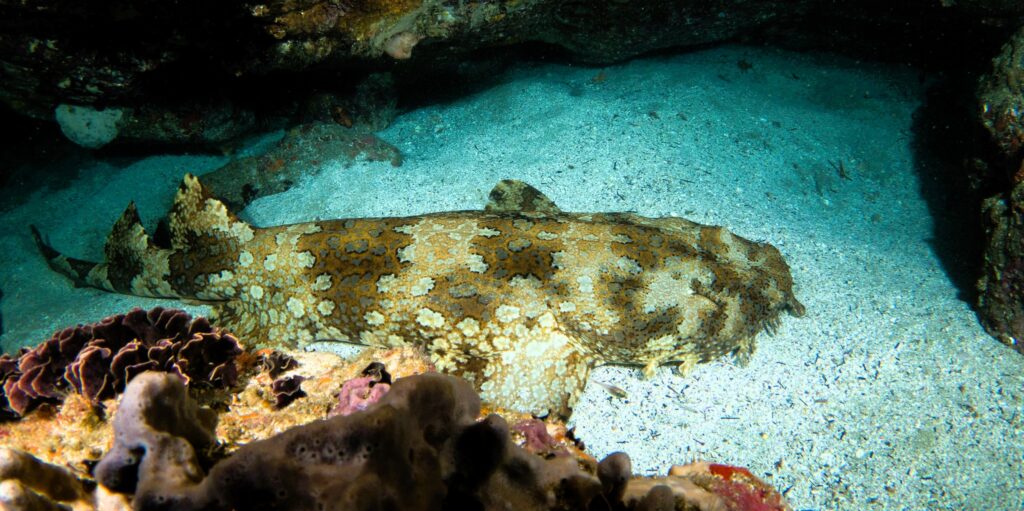
These rays and sharks are generally peaceful creatures, but like all marine animals, they should be observed with respect and from a safe distance.
Schools of Fish in Motion
One of the most mesmerising sights underwater is the movement of fish in large schools. Even with the visability so poor, we saw the spectacle of Yellowtail Scad Trachurus novaezelandiae swimming in synchronised formations, creating dazzling displays of silver and gold. These fish move in unison, shifting and turning as one, a truly awe-inspiring sight.
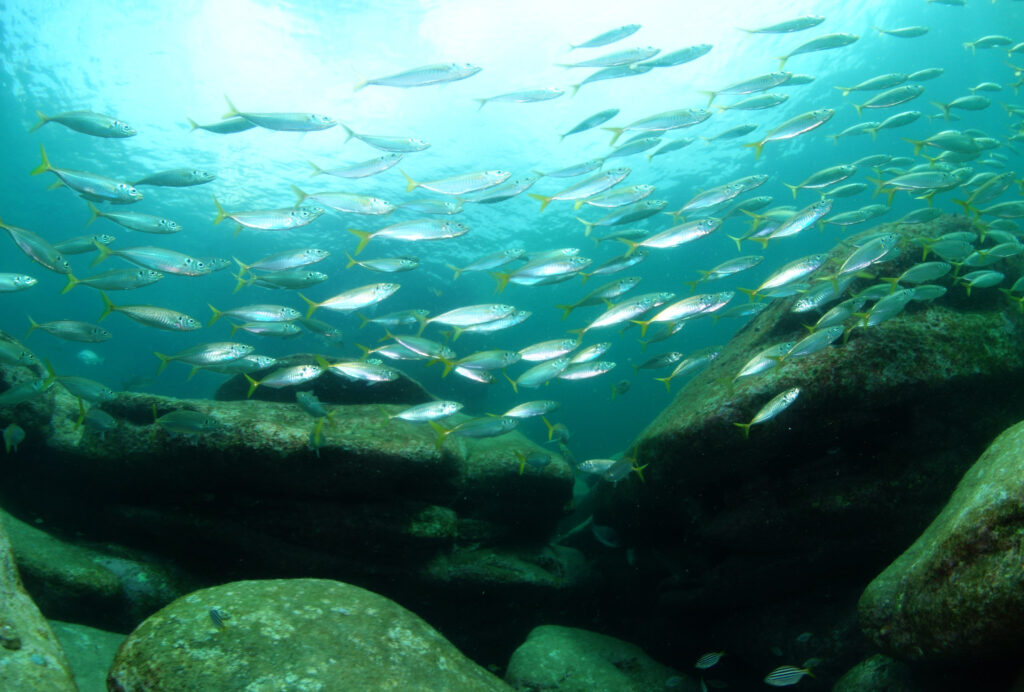
Protecting Our Marine Environment
The Haven is not just a fantastic dive site but also an important marine habitat that needs our protection. Divers can help preserve this incredible ecosystem from the growing threats from pollution, overfishing, and climate change. As divers and ocean lovers, we can help by practicing responsible diving including:
- avoiding disturbing marine life
- maintaining buoyancy to avoid disturbing the seabed
- removing underwater rubbish, hooks and fishing line
- supporting conservation efforts.
By appreciating and respecting the delicate balance of this underwater world, we can ensure that future generations will have the opportunity to experience the wonders of SCUBA diving at The Haven. Whether you’re a seasoned diver or just starting your underwater journey, The Haven on the Central Coast is a must-visit destination for an unforgettable marine adventure.
Have you dived at The Haven? Share your experiences in the comments below!

